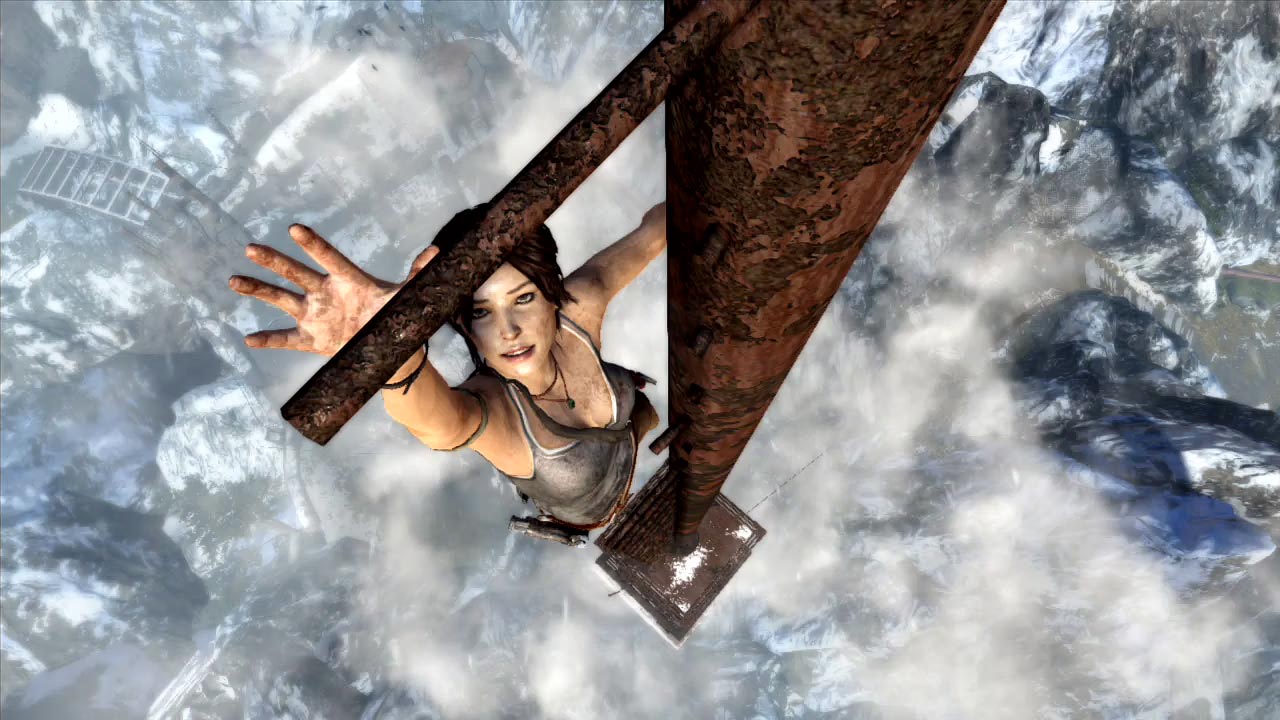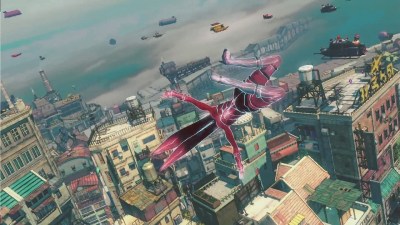When the 2013 Tomb Raider reboot was announced, I was excited.
Here was a franchise which I had loved and grown up with since I was younger, getting a fresh, mature reboot. It had been five years since Underworld, which was the last game I had played on the PlayStation 2 due to having not upgraded that console until I got my Xbox 360 for Christmas 2012. The release date was just before my eighteenth birthday, and so was the perfect way to introduce me back into the franchise and get me playing something that wasn’t Skyrim for a bit.
I enjoyed the Tomb Raider reboot a lot. It was an interesting game, it played beautifully and it looked gorgeous. The characters were interesting enough, despite lacking depth, and the story was engaging. It was long enough to make me feel satisfied, yet short enough to not feel like it dragged on for too long.
I could go on and speak about each aspect of the game and critique its every flaw, but that’s not really what this is about.
No, what I want to highlight is the moment in which Lara makes her first kill.
This isn’t a bear or a wolf we’re talking about either. We’re talking about the first time Lara kills another living person. And she didn’t take it well.
After the group’s freedom is surrendered to the Russians, thanks to Dr James Whitman, Lara finds herself tied to a tree, to be kept there until the captors decide upon the exact plans they have for her. Although they are treating her with violence and disdain, beating her to the ground and threatened at gunpoint, they also have other ideas in mind, gripping her close and taking in her scent in the close proximity she finds herself in. It’s grimy, uncomfortable, and precisely the kind of situation that every woman is terrified of finding themselves in.
In the end, Lara’s friends try to make a run for it, with one of them finding themselves with a bullet-shaped hole in his head as he tries to make his escape.
As the others make their way into the fiery abyss that is the environment around them, Lara is thrown to the floor and told to remain where she is. This is where the game first felt like a true survival game to me.
As Lara makes her way around the terrain, fighting for her life, you can feel the tension in the air. Every move you make feels like it will give you away, as you hide behind crumbling walls and shoddily-built shacks, each action feeling like it could be your last. Hiding from each and every opponent that comes your way is stressful and makes for gameplay in which you actually care about Lara and the outcome of the situation that she’s in. Partnered with the brutal kill screens that were filmed for the game, I found myself emotionally connected to Lara and the situations she finds herself in.
After a while, I found myself with Lara hiding out in a shack with enemies roaming around outside. There was no escape and eventually, one of them spotted me hiding in the corner, prompting me with their gun to leave my hiding place. When I got out, he grabbed me close and began to caress me. This was an aspect of the game which caused a lot of controversy when it first came about, with many thinking the implication of rape wasn’t an aspect that needed attention in Tomb Raider. Personally, I felt that it made me closer to the character and the motherly instinct which is built-in to my genetics felt the need to protect her. I would do anything to stop it from happening.
So when the quick time events came around and I could fight this man who was trying to cause harm to Lara, I felt determined. I would do anything in my power to get rid of him, and if that meant killing him, then so be it. Kicking him in his knees, biting his ear and tackling him to the ground, Lara scrambles around in the dirt trying to grab the gun that he’d been threatening her with just moments before (no, not that gun, you filthy-minded perv). After eventually getting hold of it, there’s a moment in which she’s lying on the ground and the man leaping toward you, attempting to grab the gun from your grasp. As you wrestle with him, back and forth - accompanied by the frantic wiggling of the left analogue stick and mashing the X button as you try to escape - it eventually got to the point where I could slam down the right trigger and shoot my assailant in the face.
BANG…
Lara’s abuser fell away from the screen, a gaping hole finding its place where his brain once was. His weight collapses on to Lara, and she rolls him off of her in order to escape the strain. As she stands up, gun still poised, ready for another attack should the need for it become apparent, as she watches him take his final breath.
If this was an 80’s action movie starring Arnold Shwarzenegger, this is the point where he’d offer some “witty” quip, like “you’ve been ventilated.”
The moment that’s stuck with me the most throughout everything however is Lara’s reaction after she has the sudden realization that’s she has just taken another human life. She collapses to her knees, spluttering, crying and choking as she tries to come to terms with what’s just happened. It’s a touching moment, and one which makes her seem much more human than a lot of other videogame characters.
Very often, killing someone in a game is seen as an achievement, something to be celebrated and glorified as something impressive. The first human death in Tomb Raider wasn’t like that. It was defined as something inhumane and tragic, but also something that was essential in Lara’s hunt for survival.
And that’s what the 2013 Tomb Raider very much is in comparison to the earlier games in the franchise. Instead of being showcased as fairly cocky woman in hot pants and some of the most gravity-defying breasts seen in Western video game culture, Lara Croft appears to be much more of an actual person, with her flaws, insecurities and emotions on show for the entire community of players.
This fact is rectified shortly after the ordeal, when Lara comes across her bow and realizes that even though this one awful moment was over and done with, she still had the rest of the length to go, with potentially more death and destruction to follow. And so in the time it takes to boil a kettle, she goes from traumatized nearly-victim-of-something-unspeakable to being a female Rambo figure. All she was missing was the war paint.
So she ventures on. And although killing other people in the game never warrants as large of an emotional response, as the player, I always remembered how exactly she was affected the first time around and admired her for having the strength to carry on. I know that were I in the same set of circumstances, I would have probably given up long ago.
I loved the 2013 reboot of Tomb Raider because I felt like I was playing as an actual person, rather than just an avatar on-screen. With the second game in the third era of Tomb Raider being released sometime this year, Rise of the Tomb Raider, we get to see an emotional Lara dealing with the post-traumatic stress disorder after the events of this game. If it manages to evoke emotions in me as well as its predecessor managed, Crystal Dynamics is sure to be on to another winner.

